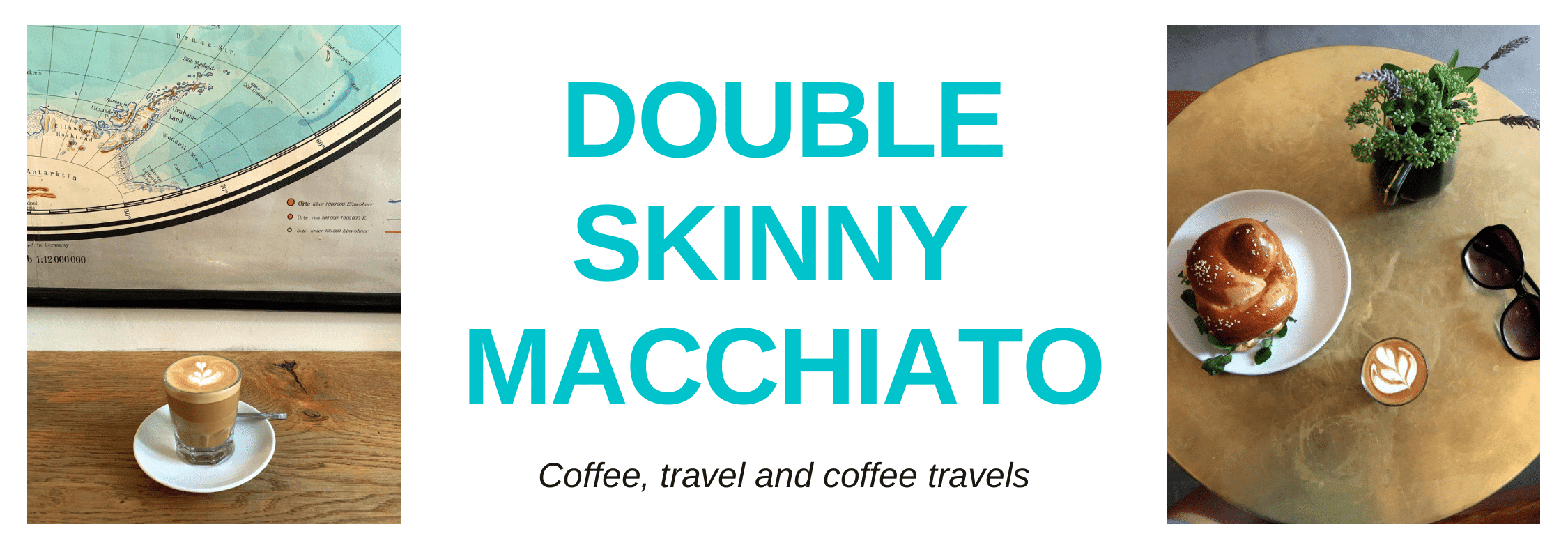Actually, SoS is about art. Innit. Like The Apprentice, there are some candidates who have chosen from among thousands of applicants for their ability to look good and/or be annoying/funny on camera artistic potential. Each week, the six chosen artists work on a different project--this week it was creating some public art for various locations in happenin' Hastings; this week, it was bringing Sudeley Castle into the 21st century with some, er, interesting contemporary pieces.
The best bit is that although ultimately, Charles Saatchi gets to decide which artist will "win" and get to exhibit their work in the Hermitage and have their own studio for three years, renowned curator--I mean, notoriously camera-shy--Charles Saatchi doesn't actually appear on the show or meet the candidates. Instead, he conveys his opinions through one of his gallery team (I can't help but think of Jane Goodall).
As the candidates/artists don't have to live together, it's not quite as intense as The Apprentice--indeed, they even had their mums and boyfriends to come to help them set up their installations this week--and personalities aren't quite as intense as on The Apprentice.
There is, however, one guy who is a little bit of a drama queen, threatening to throw a tantrum every time one of the others might ruin the impact of his leaning towers of chapatis. Then there's the terribly kooky, gamine one--the panel and Charles can't decide whether they love her or hate her but Tracey Emin thinks she's great if that holds any currency. Also, two of the other guys look very similar to each other--OK, so they just have big, messy, curly, dark hair but even so, it's hard to tell them apart when they are both quiet and mumble a lot (last week, the cuter one was wearing a hat, which made life easier). The two others are a lot saner and I liked their work the best (in the sense that, I am a magpie and I like pretty, shiny things).
Another similarity to The Apprentice is the way the editing makes it sound like the artists are constantly uttering pretentious crap. After the kooky one's installation (a tasselled curtain tie thing attached to a rotating wire) broke and failed to rotate, she said: "I've decided that I've always liked the potential in movement but not the actual movement" [emphasis mine]. Later, on hearing philistine members of the public who have just seen her art criticise it: "I just don't want anyone to speak when they look at the work."
On The Apprentice, the candidates excel in failing to answer the questions "why should I hire you?" and "why shouldn't I fire you?" They can talk for minutes at a time while attempting to address the question and still manage to completely miss the point. On SoS, the equivalent question is, "why is this art?" Again, none of them really comes up with a decent answer and almost all of them seem surprised to be asked this question during the "mini-interview" stage of the application process. "You mean you can't tell?" you can hear them think. "But art isn't quantifiable or even describable!"
The real difference between the two programmes, though, is that on The Apprentice, when the candidates mess up, you can tell and you can laugh at them and their foolish mistakes and watch them get slated (and, sometimes, fired) in the boardroom. On SoS when the artists screw up (chapatis going mouldy, funny rotating tie rail thing breaking, mirrors not slotting into shelves, etc.), I really can't tell when looking at the finished product, especially when they just justify how they meant it to be like that all along.
But what would I know? The only art I like is art with history attached--portraits from the fifteenth and sixteenth century, mainly--and even then it's mainly for the stories rather than for the aesthetic pleasure.

No comments:
Post a Comment